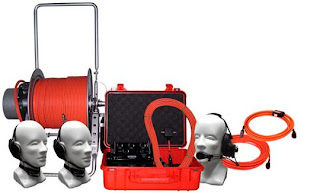Analysis of the most relevant accidents in mines
this is my conclusion for them:
the yellow line reflects the Non Fatal accidents but rarely happen. (it does not make sense to try in here).
the red line says how the stupidest accidents occurs but they are not fatal ones, an example can be an small accident with a common tool. (this one also does make me feel that it is very important to develop it).
the blue line stands out how safe the machinery is. (so the problem is not on the machinery).
the purple line indicates how the explosions and inundations (not only water can be gases too) can be very fatal but they are not the most frequently ones (I think in here there's something interesting to explore).
and finally the green line indicates what are the most common and fatal accidents that we highlight most part of the time they are caused by external factors (can be nature or oversight) because the maintenance of the machinery is good but some human mistakes causes them. (here I believe is a great opportunity because of the risk and its frequently)






